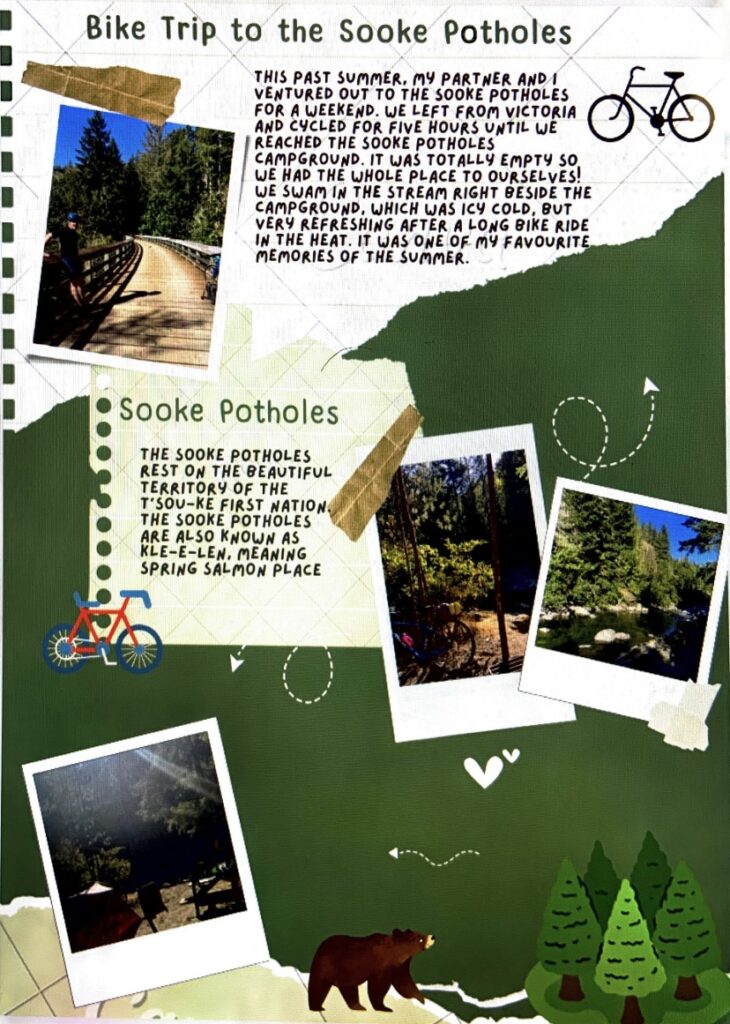In my experience, the use of visuals and imagery within a lesson can drastically impact a student’s understanding of a concept. A definition is meaningless without a concrete example or effective way of visualizing it. As students enter middle school, they’ll be introduced to more lecture-heavy lessons as opposed to the play-based lessons they may have experienced in early elementary. Therefore, note-taking becomes that much more important, because students are more likely to be doing independent work, both at home and in school. They’ll be relying more heavily on their personal set of notes and less so on their teacher. Middle school appears to be the perfect grade to integrate sketchnoting. By introducing this form of note-taking early, it may become a good habit over time if it is a technique that works well for them in terms of retention. Moreover, when kids are bored or simply uninterested in certain content, they end up doodling in their notebooks half the time anyway, so might as well make those doodles relevant to the lesson!
Sketchnoting also acts as an inclusive learning tool as it caters to the needs of students who may struggle with spelling, reading, or handwriting. In a lot of dysgraphia or dyslexia cases, students do not struggle with understanding materials or content, but rather with the medium it’s presented to them with. Encouraging illustrated-style notes provides students with an alternative to standard, written note-taking. Sketchnoting promotes understanding of concepts as opposed to the memorization of words. I’ll leave my example of using sketchnoting to learn new languages down below.

Another fantastic learning tool for visualization is Canva. I’ll leave my Canva poster down below about my bike trip to the Sooke Potholes.
(Note: I accidentally used a bunch of premium features on Canva, so it wouldn’t let me save a PNG unless I restarted, so I’ll leave a picture down below. I’ll be more careful about the premium features next time!
